Protected species in America: what you can and can't remove from your home
How to tackle protected creatures in your home and yard
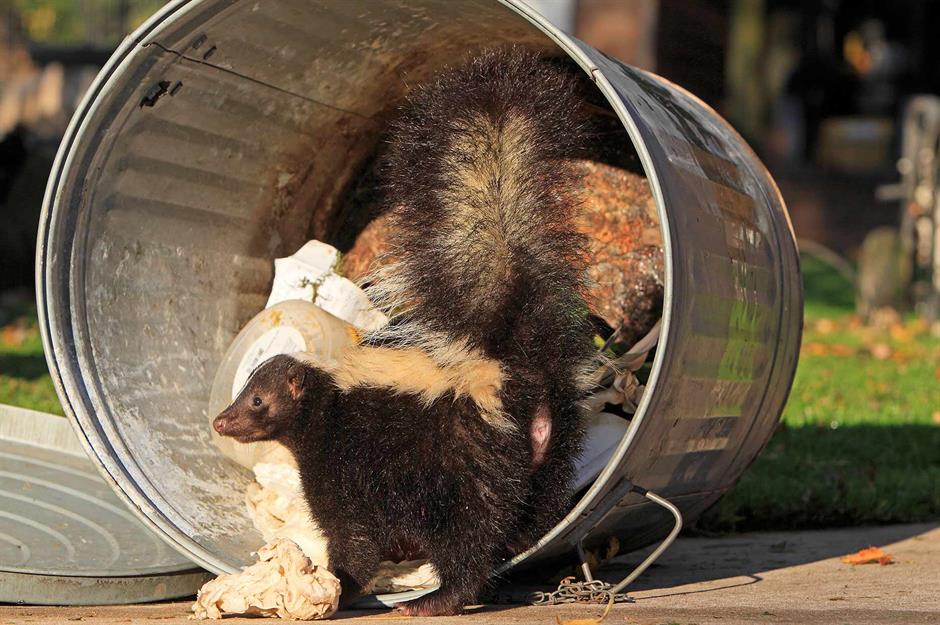
You've probably spent a lot of time, effort and cash making your home an inviting oasis, but have you mistakenly created a haven for a whole host of critters and creatures?
While some common household pests can be deterred and removed with ease, others are protected by law, making it illegal to disturb or harm them. From skunks to chipmunks, these animals come with some protection that it would be wise to understand.
Click or scroll through this gallery to learn how to handle these uninvited guests if they take over your home or backyard...
Please note that protected species differ from state to state. Always check with your local wildlife officials for a full list of rules and regulations.
Protected species: barn owls
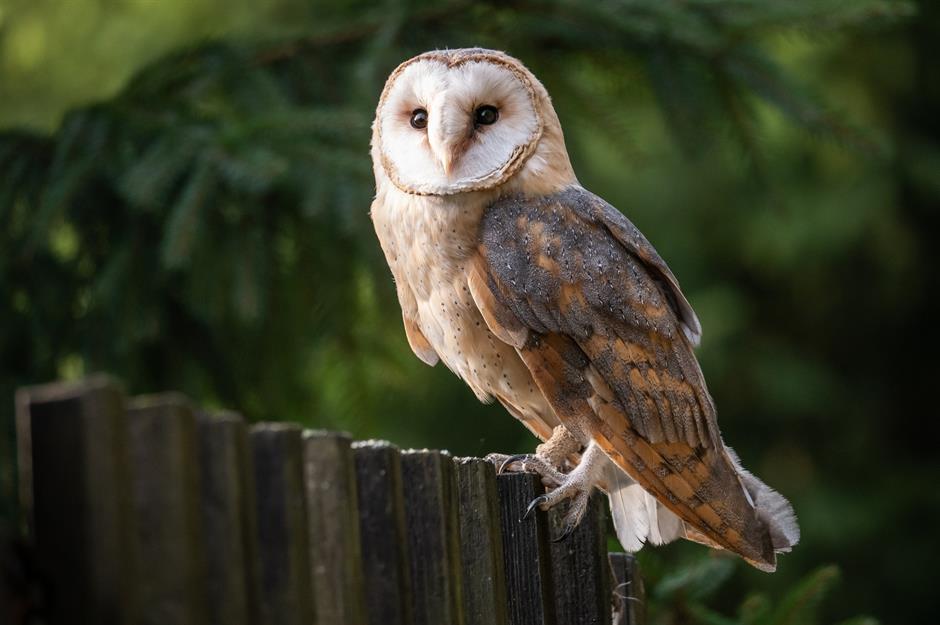
Beautiful and beguiling, barn owls are defined by their heart-shaped faces, speckled feathers and pure white bellies. They can be found in almost every part of the world in rural locations since they require large areas of open land for hunting. However, they do sometimes encroach on fringe urban areas, which is where issues can arise.
When nesting, barn owls may take up residence in buildings, leaving pellets, feces and endless feathers in their wake. Like all birds, barn owls can carry a range of parasites that can infect humans and pets, including fleas, lice and tapeworms.
How to get rid of barn owls legally
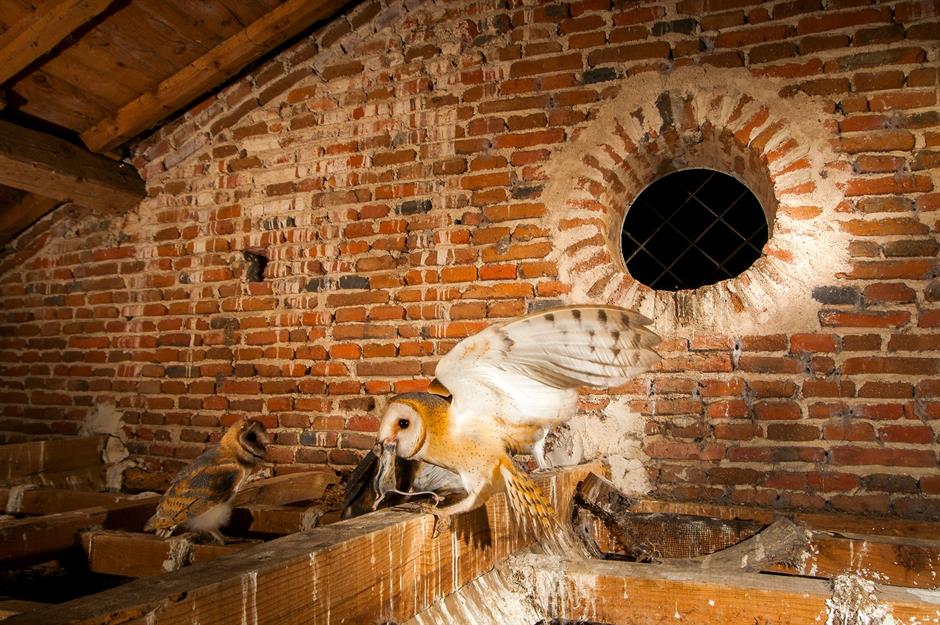
Barn owls are protected in North America under the Migratory Bird Treaty Act since their numbers have severely decreased in recent years due to factors including loss of habitat and pesticides. This means humans can't handle, harm or harass the birds, their nests, or their young.
Protection against disturbance ends when the last young owl becomes independent, so at this stage, you can call in a professional to discuss your options. The best action is to try to deter them from returning. Install bird netting to seal off attractive nesting spots, such as lofts, rafters and voids.
If you come across a nest on your property, stay clear, as owls can become aggressive when defending their young. It's worth noting that other birds, such as hawks, are also protected.
Protected species: skunks
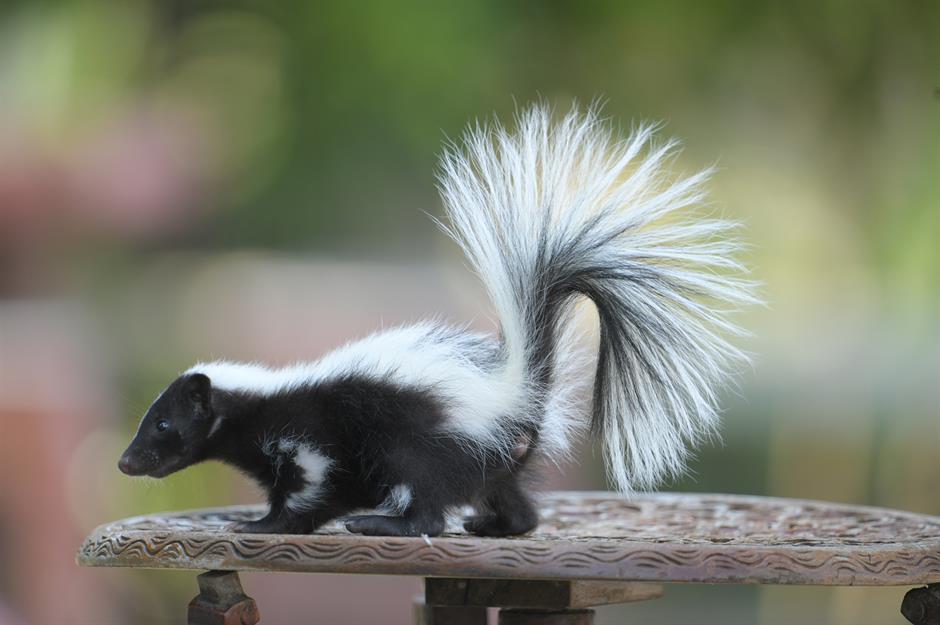
Skunks might look adorable, but these small, fluffy mammals have big personalities. They are known for their ability to spray a liquid from their glands when they feel threatened, which has a stubborn and very unpleasant odor. They can be found in both South and North America, including southern Canada and northern Mexico and, depending on the species, their fur varies from black and white to ginger and cream.
They generally live in forested areas and grasslands, but can also infiltrate urban areas. Since they like to burrow, they can damage buildings and cause structural issues. Skunks can also ruin backyards, digging up lawns and flowerbeds in search of food.
How to get rid of skunks legally
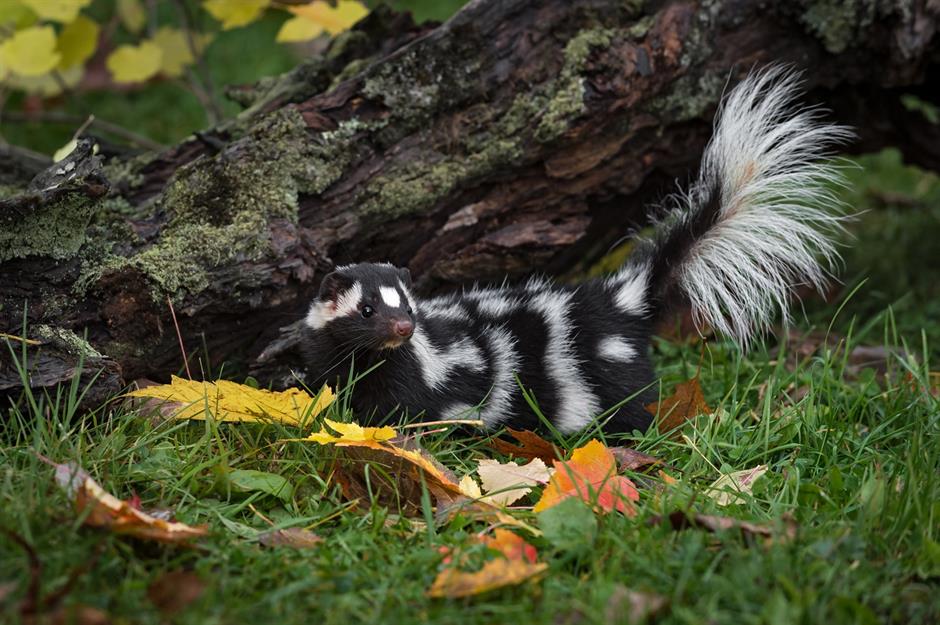
So, what can you do if you have a skunk problem? Well, the main thing to note is that striped skunks are not protected by law in most states in America, while spotted skunks (pictured) are fully protected in some states but not others. Since the rules vary greatly depending on location, you'll need to check with your state's wildlife officials before acting.
Skunks dislike the smell of citrus fruits, so to deter them, place orange or lemon peels around your yard as a natural repellent. A mixture of castor oil and dish soap diluted in water can also be sprayed around boundaries. Ensure your yard is free of overgrown bushes and shrubs where they can hide out, while bright lights are also said to keep them at bay.
Protected species: frogs and toads
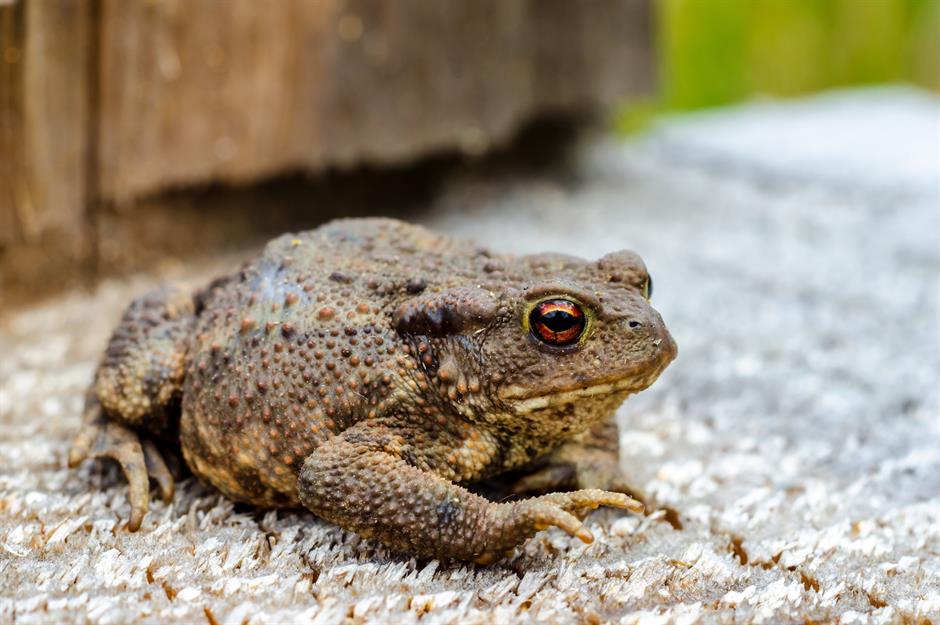
Frogs and toads are little amphibians that might look similar, but there are some key differences. Frogs tend to have sleek, smooth skin that looks wet, even out of water. They have long legs and are excellent jumpers. Toads (pictured) have bumpy, warty skin, are squat and have short legs.
Both frogs and toads eat bugs and woodlice, so they are a boon to a gardener. Frogs love slugs and snails, while toads favor ants, so they're great for natural pest control. As amphibians, they need water to survive and love moist conditions, so they can usually be found in and around ponds and marshy areas around the world. In fact, they can be found on every continent except for Antarctica.
How to get rid of frogs and toads legally
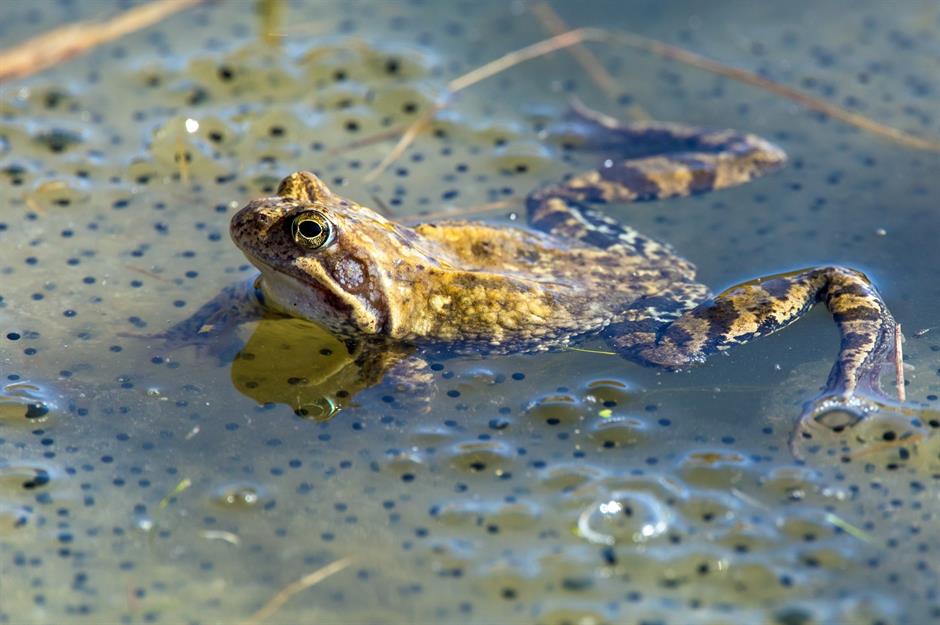
Sadly, many frogs and toads are endangered. According to the International Union for Conservation of Nature (IUCN) Red List of Threatened Species, 41% of all amphibians are thought to be threatened with global extinction. In the US, frogs and toads are protected, so you can't do anything to harm or deter them. Instead, you should leave them be.
If a frog is trapped or in danger, move it to another part of the yard that provides cover from predators and extreme weather, such as a compost heap or underneath a shed. You should always wear gloves.
If your backyard has an influx of frogs during the spring breeding season, don't panic. They will disperse naturally during the following days and weeks.
Protected species: bats
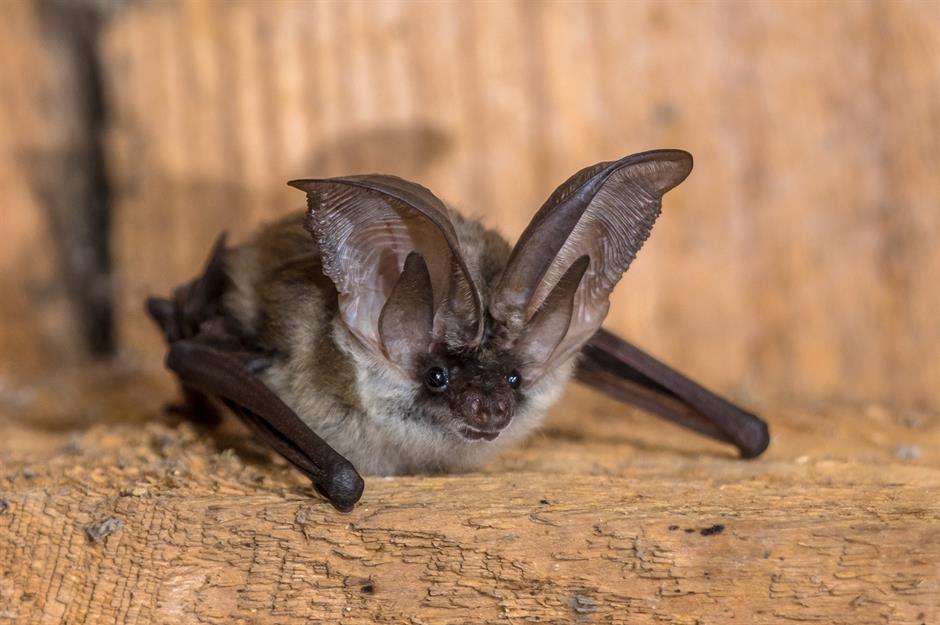
Thanks to folklore and fantasy stories, bats have gained a bit of a bad reputation. However, these nocturnal flying mammals are fascinating. Contrary to popular belief, bats are not blind. They have small eyes and sensitive vision, which helps them see in pitch-black conditions with the help of echolocation or biosonar. They emit high-frequency sound pulses and listen to the echo to find their way and track down food.
There are over 1,400 species in the world and they utilize various habitats throughout the year, for feeding, roosting and travelling.
Bats like quiet, dark spaces for sleeping and breeding, so they can often find their way into people's attics and outbuildings. This can cause problems if you're hoping to renovate a space that is inhabited by bats.
How to get rid of bats legally
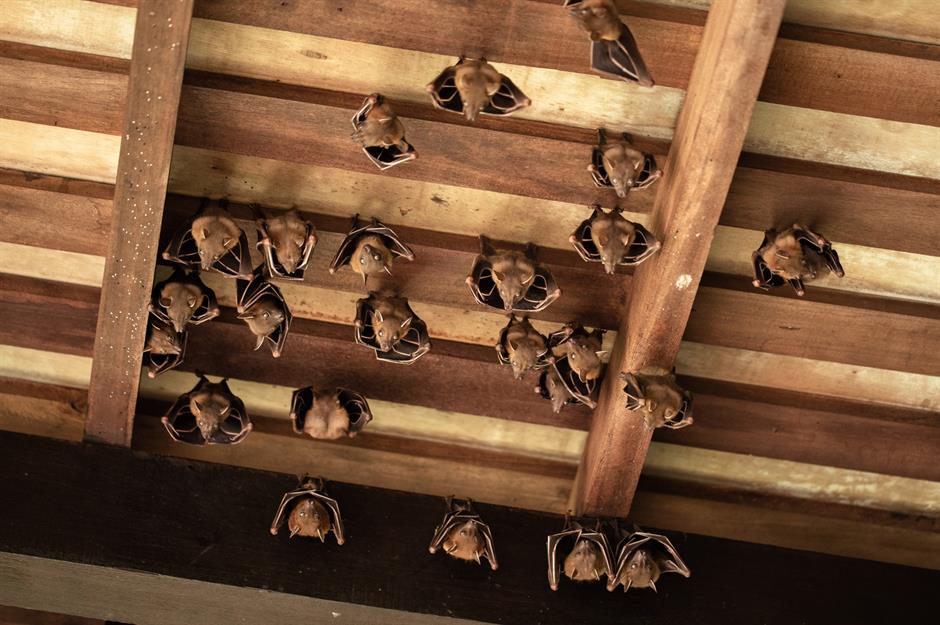
Many US states regulate bat exclusions due to the important role they play in the ecosystem. Some plants depend partly or wholly on bats to pollinate them.
For example, you cannot move bats during the maternity season, which is from mid-April to late August in North America, depending on the climate. You must wait until fall or winter when all bat pups can fly and the colony has moved on. Essentially, wherever you are, you cannot take, injure, or destroy a wild bat, or intentionally disturb roosting bats.
If you discover bats living in a property you own, the roost is protected by law. You must ensure exit points are not blocked and seek advice from a professional. To avoid bats roosting on your property, ensure your eaves and roof tiles are secure and any small holes in buildings are filled.
Be aware that bats carry rabies strains called bat lyssaviruses, but transmission to humans is extremely rare, especially with proper caution.
Protected species: badgers
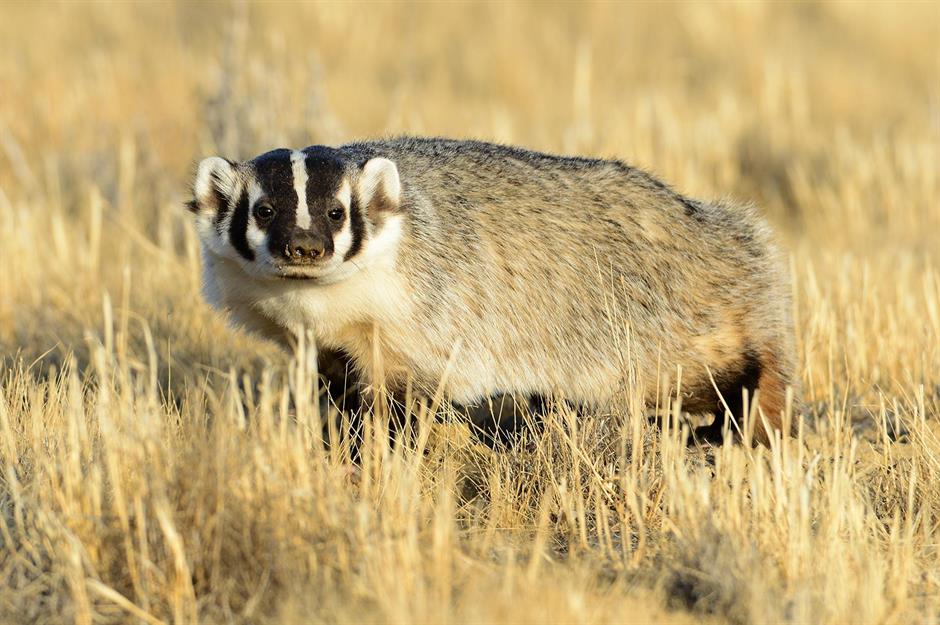
American badgers are short-legged omnivores with black-and-white striped faces, fluffy tails, black bellies and paws. They are fantastic diggers, thanks to their strong claws and are mainly nocturnal. They live in setts (tunnels that they dig underground) and are native to much of North America, including the United States, northern Mexico and south-central Canada.
Though they can generally be found in the countryside where prey is in abundance, badgers can find their way into backyards in search of lunch. This can lead to damage to lawns and flower beds, but aside from that, these creatures pose no real threat to humans unless provoked.
How to get rid of badgers legally
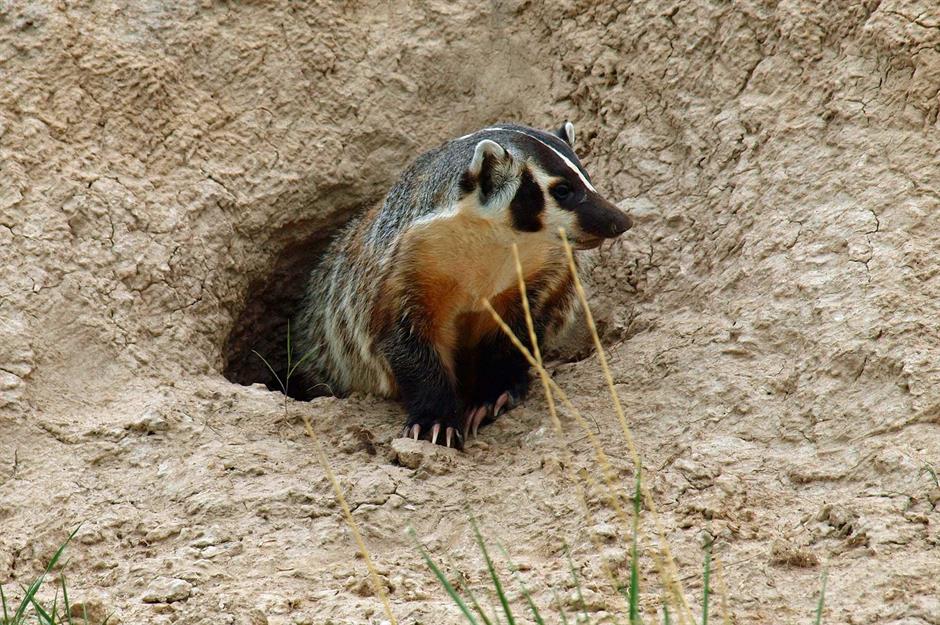
If you're struggling with badgers digging up your backyard and want to do something about it, then it's worth knowing that they are largely protected in North America through certain state laws.
Known as the 'Badger State', trapping the monochrome mammals in Wisconsin is generally prohibited, as they are protected under state law. In Indiana, badgers are classified as a Species of Special Concern and are safeguarded by state law. Similarly, badgers are recognized as furbearers under the Illinois Wildlife Code, making it illegal to take a badger except during the designated trapping season with proper licensing.
Consider deterring them from your backyard using bright lights or blocking access to whatever is attracting them, such as food sources or shelter.
Protected species: beetles
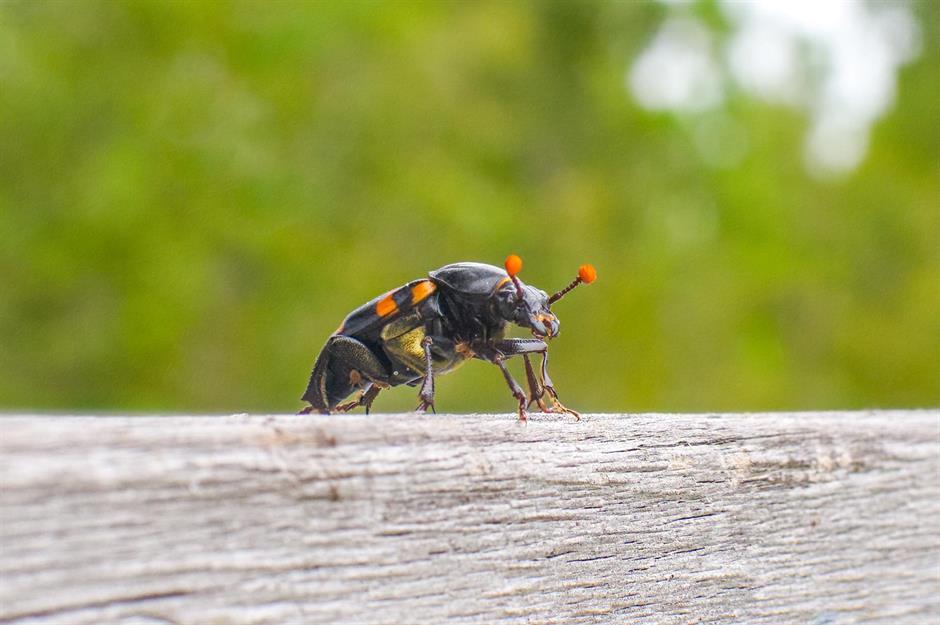
Did you know that one in five of all known species on Earth is a beetle? In fact, there are thought to be over 400,000 different beetles around the world. They often get a bad reputation, but they play a vital role in a healthy planet.
In the US, around 20 types are protected according to the U.S. Fish & Wildlife Service's online database, including the American burying beetle pictured here (except for a few experimental colonies in southwestern Missouri), variations of mold beetles and multiple species of tiger beetle.
How to get rid of beetles legally
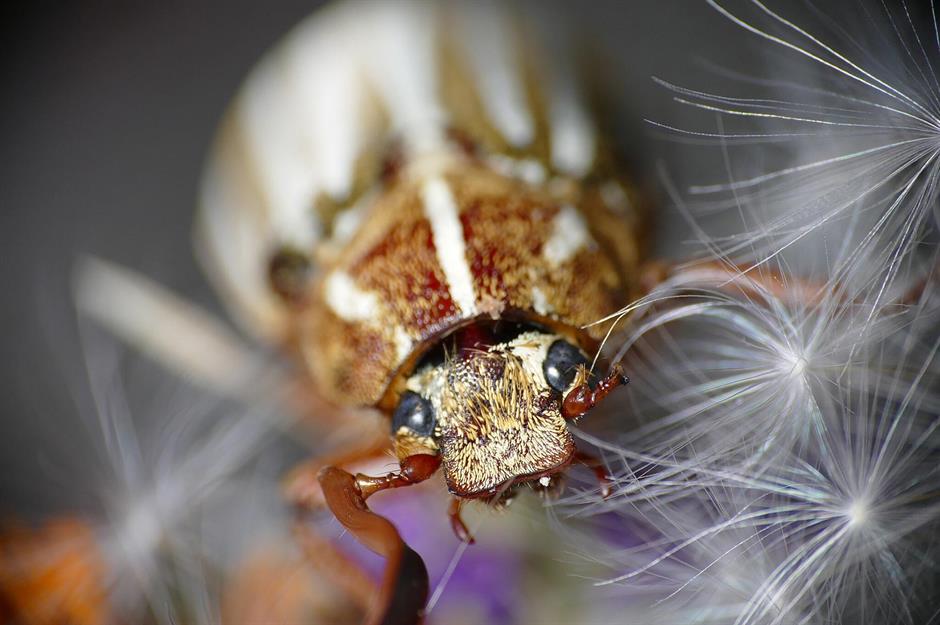
Many gardeners might wish to get rid of beetles, but many are entirely harmless and can actually help to make your outside space better. Instead, encourage them to thrive and you will reap the rewards, with a healthy and diverse backyard.
Protected beetles tend to be extremely rare and so are unlikely to come into the average home. The Mount Hermon June beetle (pictured) is endemic to California and is specifically found in Santa Cruz County. Its known habitat spans less than 1,500 acres (6.1 km²), representing a single occurrence of the species. As a result of its limited range and population, it is classified as a federally endangered species in the United States.
Protected species: squirrels
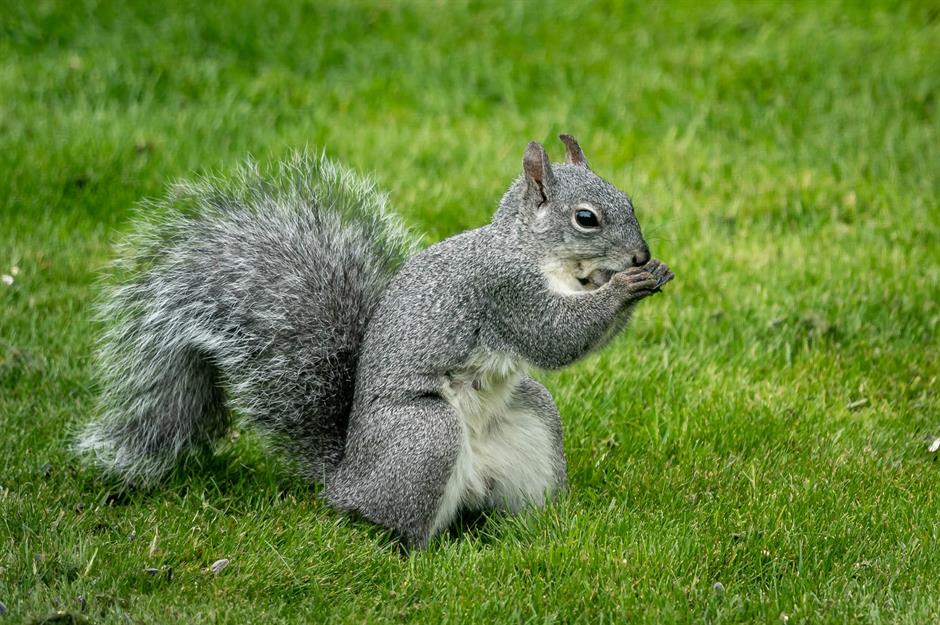
Squirrels are small rodents with slender bodies, dense fur, bushy tails and large eyes. They are nimble and often make their homes in trees.
The western grey squirrel (pictured) is now considered endangered in Washington State and a sensitive species in parts of Oregon. Declining numbers have been caused by loss of habitat due to logging, development and climate change-driven fire. The Mount Graham red squirrel is also listed as endangered, but can only be found in the Pinaleño Mountains of southeast Arizona.
However, squirrels can damage your yard by chewing through plant roots and digging up the lawn, either to burrow or hide food. So, you may want to take steps to deter them.
How to get rid of squirrels legally

The rules around managing or hunting them vary from state to state. Therefore, you must do your research before attempting to remove a squirrel from your land. For example, in Indiana, fox and gray squirrels are regulated species and can be hunted from mid-August to the end of January, but a license is required. American red squirrels can be taken year-round, but southern flying squirrels are protected and cannot be hunted.
Similarly, in Texas, squirrels are considered game animals. While protected by state laws, they can be killed during the designated hunting season or if they're inflicting damage to property or pose a threat to public safety. Although unlikely, if one finds its way into your home, call an expert pest control firm with the right credentials.
Instead of hunting them, consider natural and humane deterrents. Remove food sources such as nuts and seeds from your backyard, seal trash cans or try natural scents like peppermint. Squirrels also find certain plants unpleasant, including daffodils.
Species: opossums
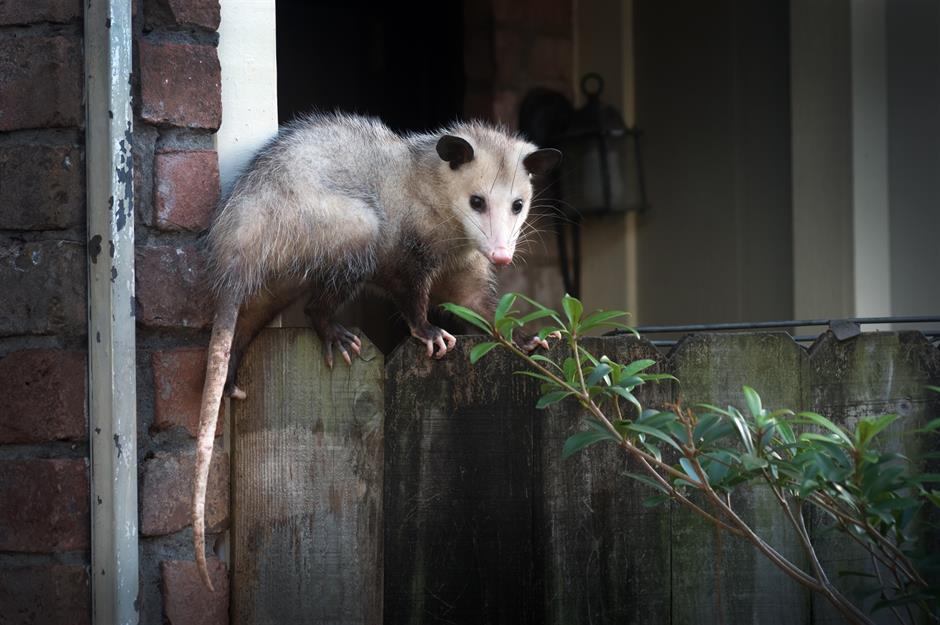
Virginia Opossums are members of the marsupial order, Didelphimorphia, and are native to the Americas. There are said to be more than 100 different opossum species. They have pointed snouts, rounded bodies and nearly hairless, prehensile tails.
Generally, they live in forests or swamps that get plenty of rainfall, but they have adapted well to living among humans in open country and urban areas. They will rifle through garbage in search of food, which can lead to damage and destruction to both backyards and property. Though harmless, if they are protecting their young and feel threatened, they could bite.
How to get rid of opossums legally
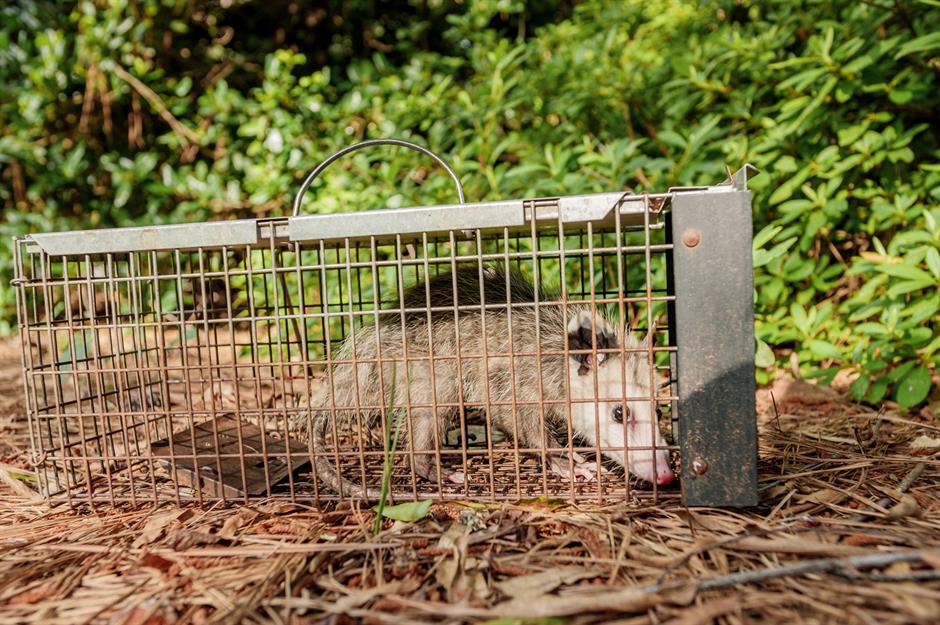
Laws and regulations vary and opossums are considered furbearers in several US states. For example, opossums can legally be trapped and hunted in Connecticut.
In Massachusetts, they are classified as furbearers and are subject to management programs with regulated hunting and trapping seasons. If you want to remove an opossum, it's best to check with your local authorities first.
So, what can you do if you have an opossum problem? Firstly, if you spot opossums in your backyard and they're causing no issues, then leave them alone. If they're going through your waste, ensure you secure bin lids or lock them away so animals can't get to them. Opossums sometimes build dens under homes, attics, or garages, so you'll want to block any openings where they could get inside. Natural deterrents, such as peppermint oil or cayenne pepper mixed with water, can help keep them at bay.
Protected species: snakes
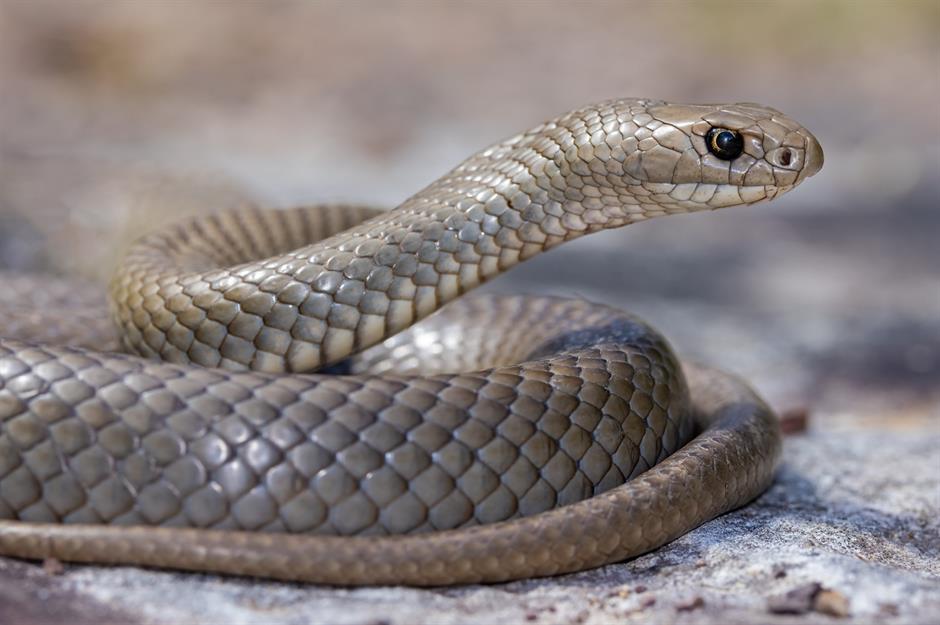
It isn't hard to see why some people simply don't like snakes. With their long, legless bodies, scaly skin and forked tongues, they can be quite an intimidating sight. Around the world, there are countless species, with America home to the likes of the common watersnake and the Northern Pacific rattlesnake, to name a few.
There are a variety of snake habitats around the world, including forests, deserts and woodlands, but since reptiles have no concept of borders, they can find their way into backyards.
How to get rid of snakes legally
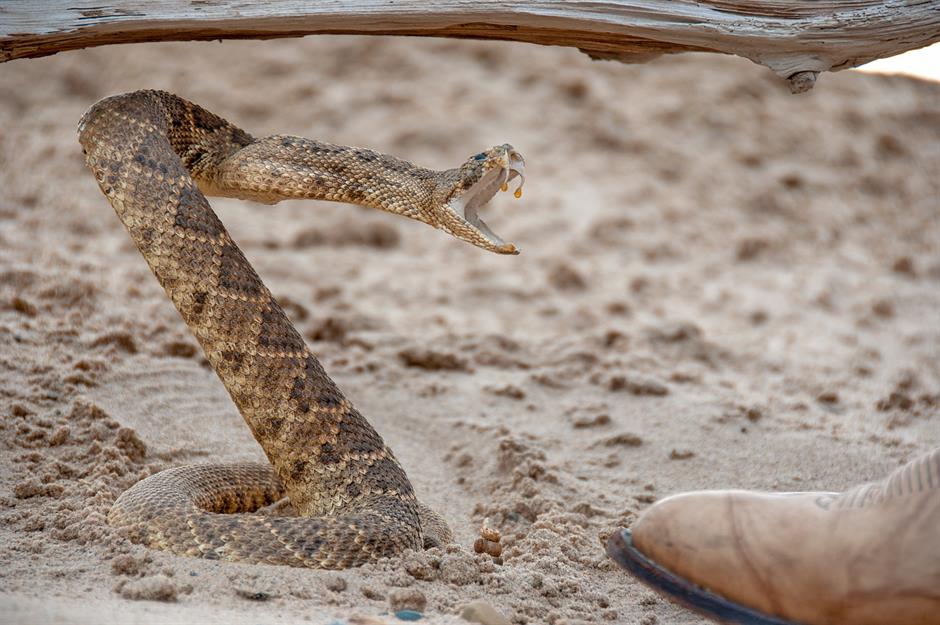
If you spot a snake in your backyard, then you should keep your distance and wait for it to leave. Snakes generally do this in good time, so unless they are about to cause injury to a person, there shouldn't be a need for interference.
In America, snakes are considered "nongame wildlife" and are therefore protected by law in most states. For example, the Mona boa, the black pine snake and the Atlantic salt marsh snake are protected everywhere in the US, and killing them (and others) could potentially result in fines of $25,000 per violation and prison time. Others are not protected, so check this list and contact your local authority before acting.
If you think you have a problem, call a professional and never attempt to deal with the snake yourself, as many species are venomous. You can deter snakes with foods and scents, including cinnamon, onion, garlic and lime.
Protected species: foxes
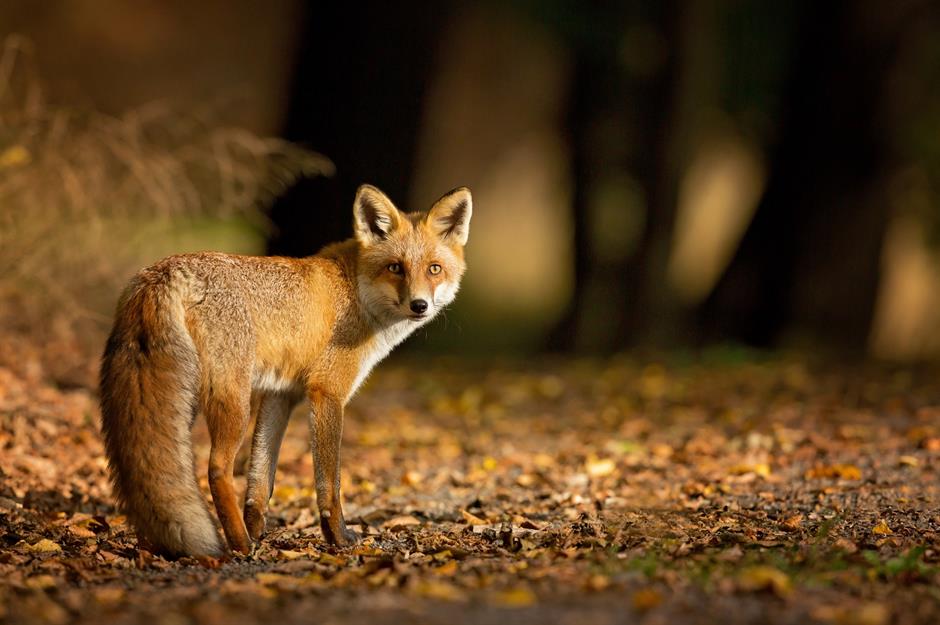
Foxes are found across Europe, parts of Asia, northern Africa and a significant portion of North America. The main species in North America include the red fox, gray fox and kit fox.
With their upright triangular ears, pointed snouts and long bushy tails, these omnivorous mammals generally pose little threat to humans. However, during mating season, foxes may exhibit more exploratory behaviors as they search for mates and suitable dens for raising their young. This increased activity can bring them closer to residential areas, leading to unexpected and potentially costly problems for homeowners.
Foxes are diggers and their burrowing habits can compromise the structural integrity of decks, porches and sheds over time. Additionally, a family of foxes may disrupt lawns and flower beds and may rummage through trash, creating a mess.
How to get rid of foxes legally
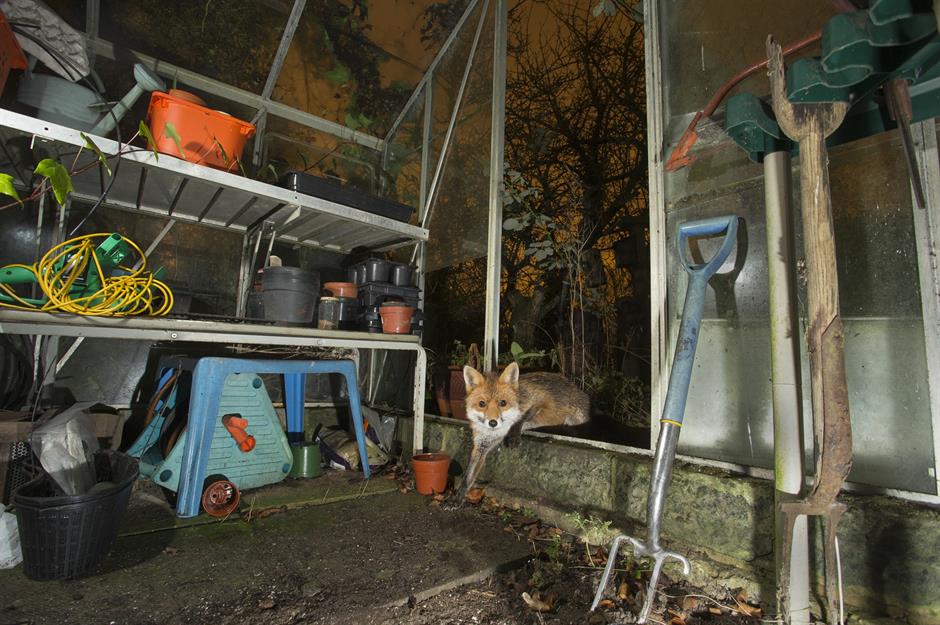
In America, foxes are classified as furbearers or game animals in most states, though levels of protection vary. Many wildlife agencies allow for the removal of foxes to protect private property, but others are stricter. For example, in West Virginia, it is illegal to trap animals without a permit or move them to another location without prior approval. Over in Utah, non-native red foxes can be taken year-round without a license, but gray foxes are protected and require specific permits.
Note that the Sierra Nevada red fox is protected and listed as an endangered species, while the San Joaquin kit fox is federally listed as endangered and listed as threatened by California. Other species are protected too, so check your state’s regulations in advance.
The best thing to do is to deter foxes by removing food sources – secure or lock garbage cans away, invest in bird feeders that don’t spill food onto the ground, protect edible crops and promptly clear up any fallen fruits. Fish, blood and bone fertilizer can also attract foxes, so consider switching to a plant-based product.
If a fox has already made its burrow in your backyard, wait until the cubs have left the den in late summer, before using the above deterrents. You can encourage the mother fox to move her cubs by making noise and walking nearby.
Protected species: raccoons
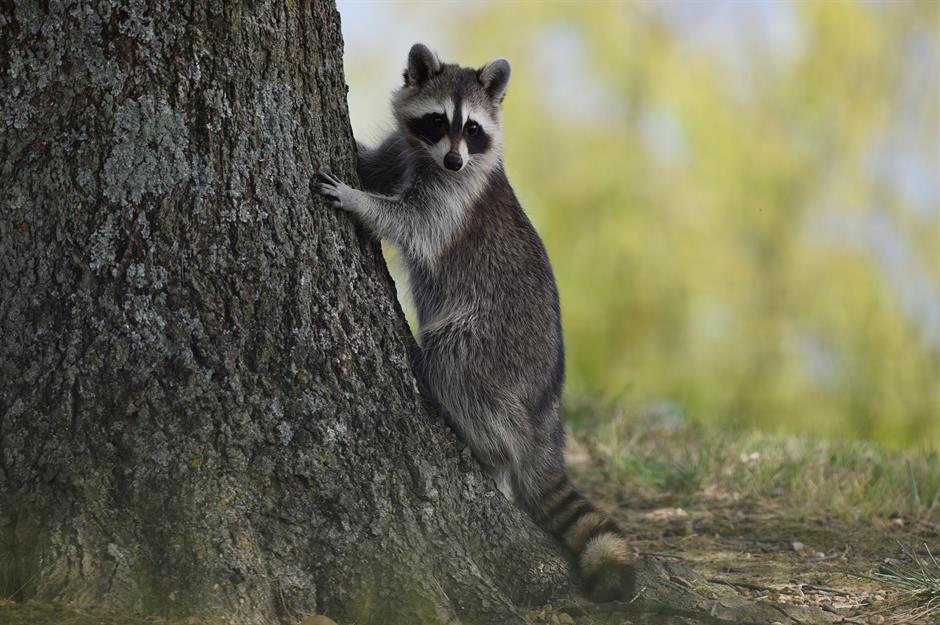
Playful and just a little bit mischievous, raccoons are nocturnal mammals that live throughout the world, from Asia to North and South America. They can be found in both rural wooded areas and big cities, which means they will eat everything from fruits and seeds to food scraps.
Raccoons have become problematic scavengers. In cities and towns, they can often be found rummaging through garbage bins in search of food. Many homeowners in America find that they can cause damage to backyards and structures, especially when searching for shelter. They can also carry rabies and spread raccoon roundworm, along with other diseases.
How to get rid of raccoons legally
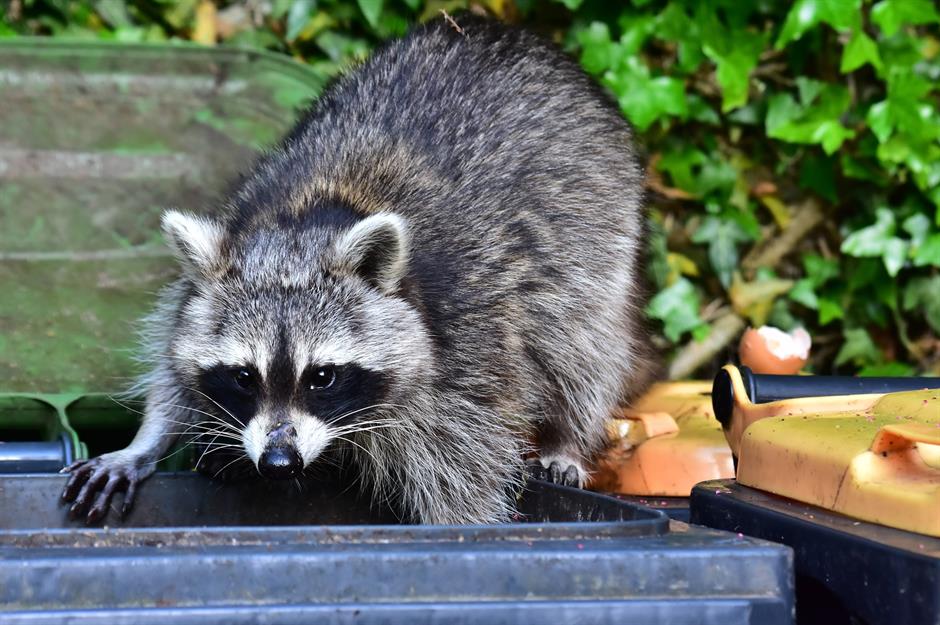
While they can cause problems, raccoons are protected furbearers in most US states, and there are established seasons in place for hunting and trapping them. Most states have provisions for landowners to control furbearers that are damaging their property, so check with your local authority.
For example, in New York, hunting or trapping raccoons requires a license, but in Delaware, raccoons may be legally trapped in a humane, box-type device that doesn't harm the animal.
There are some steps you can take to deter raccoons from your land. For starters, invest in a wildlife-proof trash can or secure lids with bungee cords, straps or weights. Avoid feeding pets outside, as any leftovers could attract wild animals.
You'll also want to ensure any outbuildings are secure, with no openings that an animal could squeeze through.
Protected species: moles
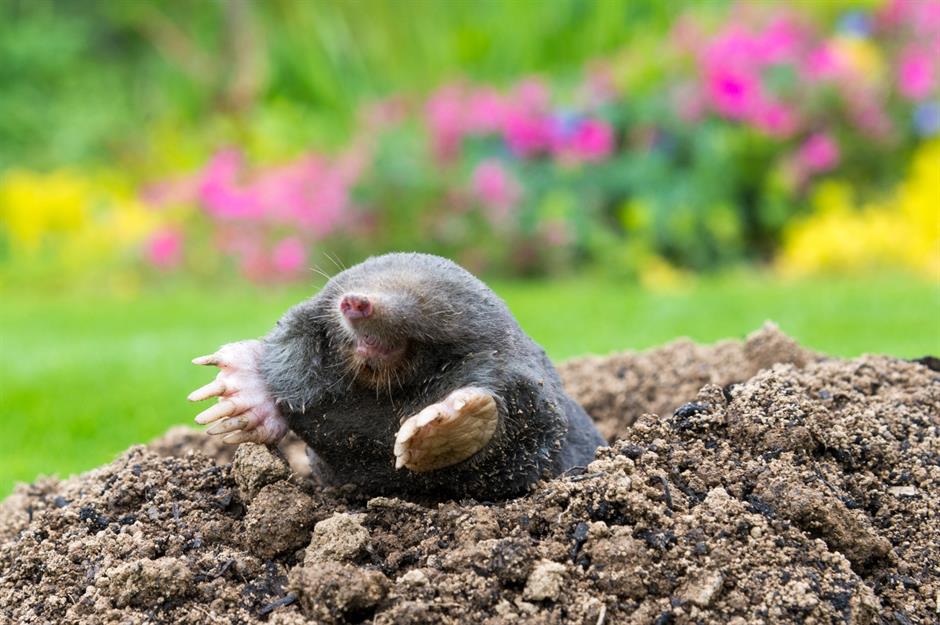
Moles are undeniably adorable but they are also very unusual. These small mammals live mostly underground in elaborate burrows they create using their powerful forelimbs and large paws. They have velvety fur and inconspicuous eyes and ears – scientists believe they are both colorblind and near-sighted.
Moles can be found in most parts of North America, Europe and Asia and tend to set up home in fields, woodlands and sometimes yards. Sadly, moles are often seen as pests, since their burrowing can cause damage to lawns. However, they are great for ecosystems as they help with soil aeration and feed on garden pests like slugs.
How to get rid of moles legally
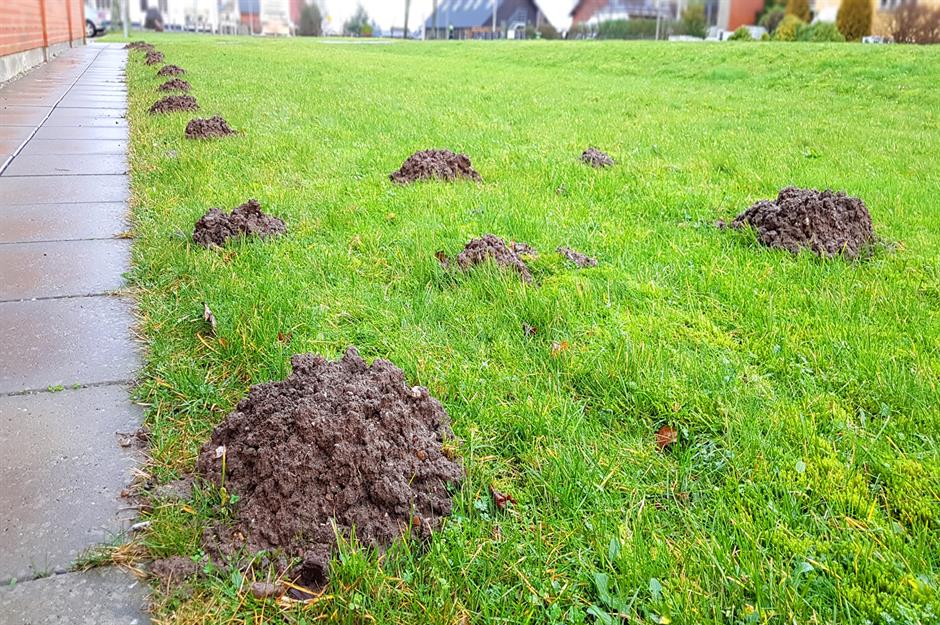
So, what can you do if you have a mole problem? In most US states, moles are unprotected, though not everywhere. In Washington, for example, they are unclassified and may be trapped or killed on private property if they are causing damage.
However, in Pennsylvania, moles are classified as nongame mammals and are protected – but they can still be controlled if they’re damaging property. Check local laws to see which traps, toxicants, or control methods are permitted in your area.
Frequent lawn mowing and other noisy outdoor activities may help deter moles and some people use vibrating stakes or probes in the soil to keep them at bay.
Protected species: chipmunks

Chipmunks are small and playful creatures, but they can also be a big problem for homeowners. These petite, striped rodents are part of the squirrel family and are predominantly found in North America. There are 25 species of chipmunk and each has prominent eyes and ears, a furry tail and small claws.
So, what makes them so problematic? Well, they're fantastic diggers and will quickly destroy your backyard when foraging for food. They may devour your carefully grown vegetables and plants and even build burrows in your lawn. More concerning are the underground tunnels they dig, which can negatively impact foundations, patios, walls and even sidewalks.
How to get rid of chipmunks legally
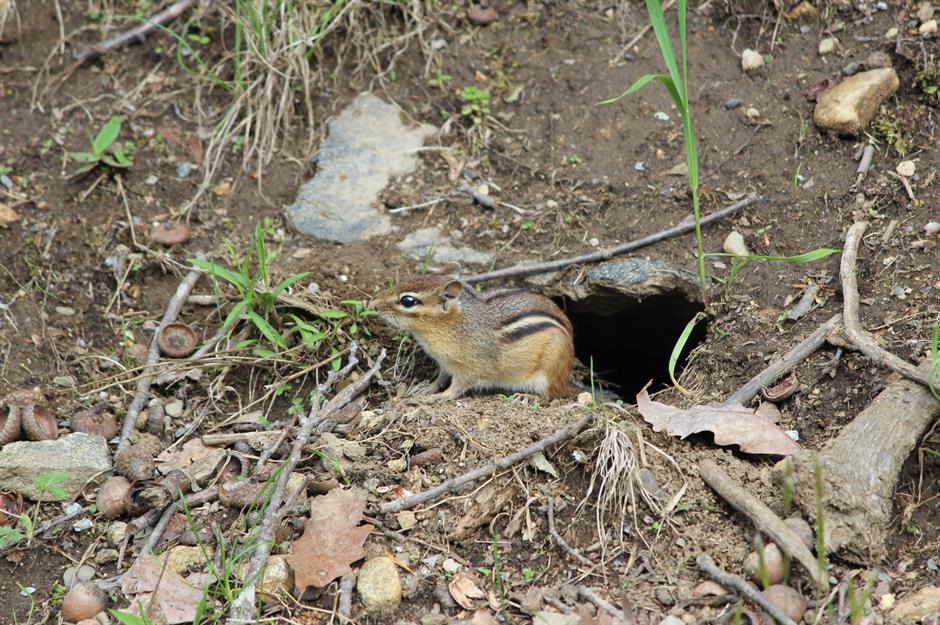
Chipmunks are not protected by federal law, but state and local regulations may apply to their management. For example, Georgia, North Carolina and Arkansas require a permit to destroy nongame animals. It’s best to consult with your local conservation agency to establish the legal status of chipmunks in your state. However, most states allow landowners to capture and remove chipmunks if they are causing, or are about to cause, property damage.
There are several ways you can deter chipmunks from your land. Firstly, chipmunks don't like water, so turning your sprinklers on can scare them away. Natural deterrents like garlic, apple cider, peppermint and coffee grounds can also discourage them.
Protect your plants by covering them with chicken wire or hardware cloth. Installing ultrasonic devices should help keep them away for good. They emit vibrations and sounds that chipmunks dislike.
Loved this? Check out these handy home hacks and tips for a harmonious house
Comments
Be the first to comment
Do you want to comment on this article? You need to be signed in for this feature